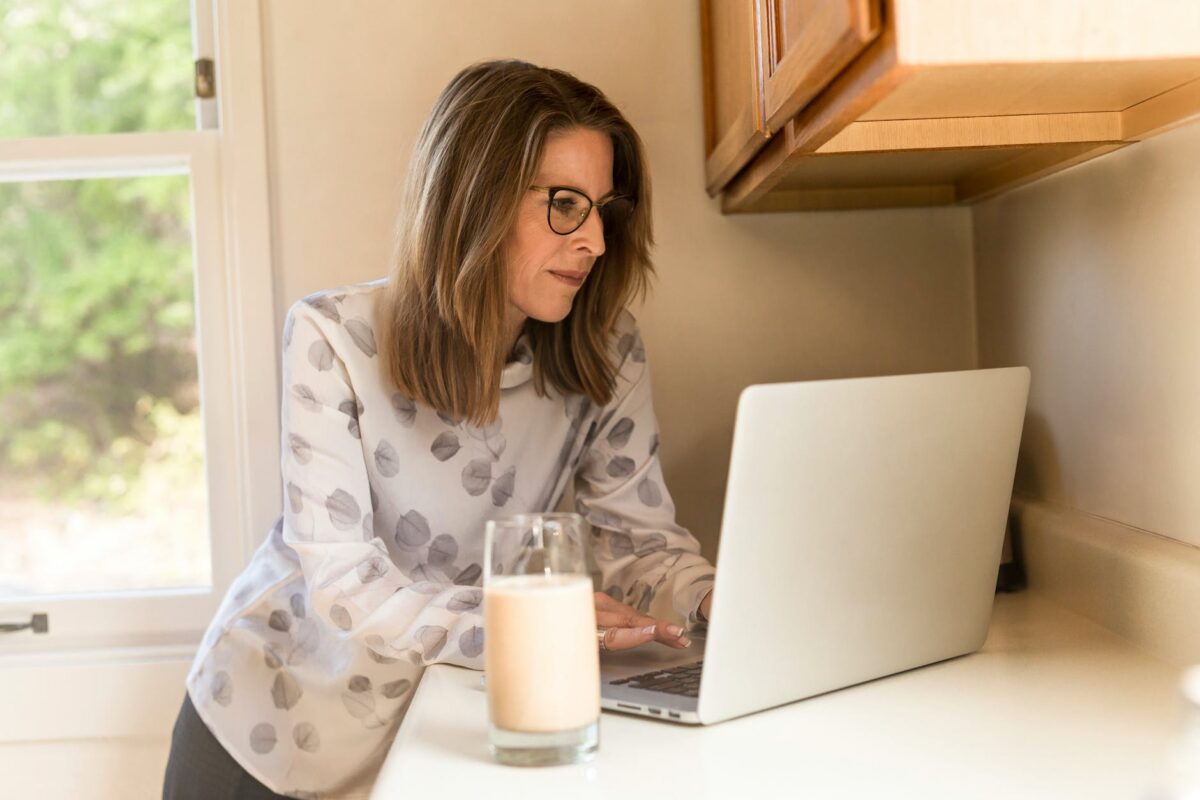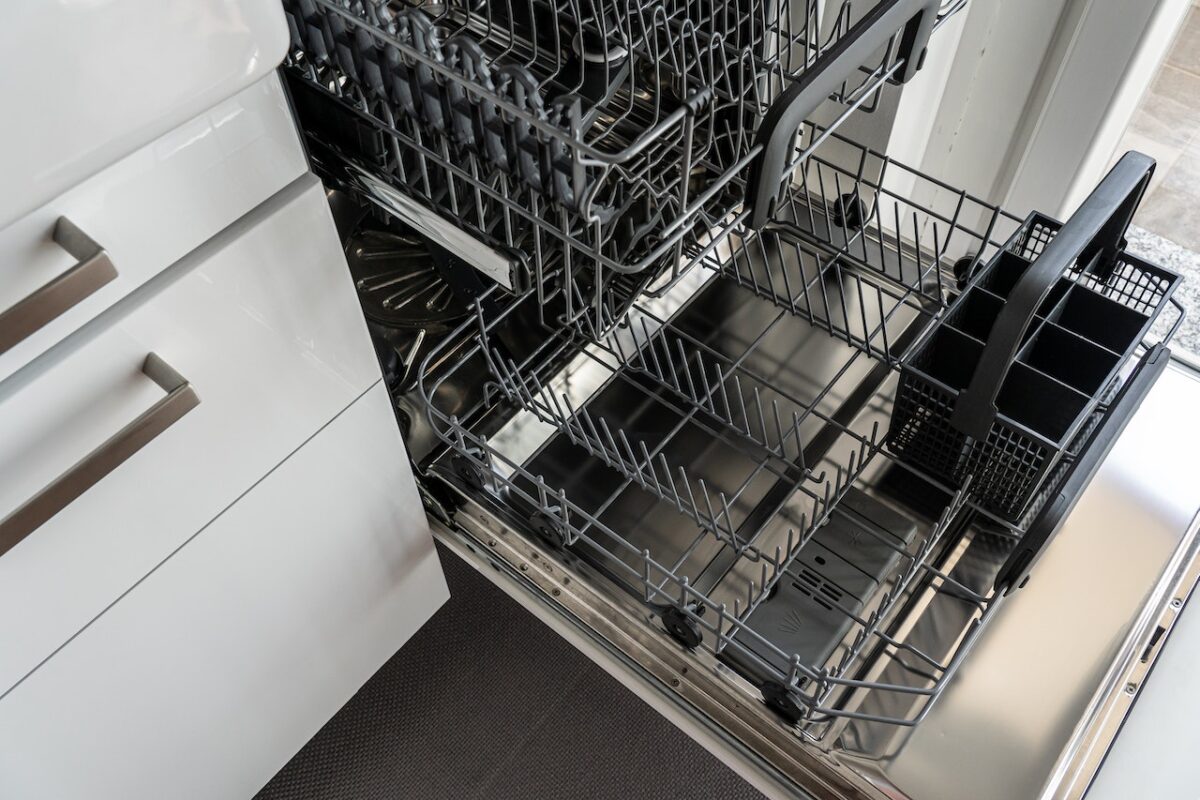The Art of Cleanliness: Why a Tidy Home Matters
This is part 1 of a 20-part installment to the “Ultimate Guide To Cleaning Your Home”.
A clean home is not just a pretty sight; it’s a sanctuary for the body and soul. We all know that feeling of walking into a freshly cleaned space—the air seems crisper, and the world feels more manageable. But beyond the immediate aesthetic appeal, the importance of cleanliness in the home runs deeper than you might think. In this article, we’ll explore the significance of maintaining a clean living environment and the myriad benefits it brings to your physical and mental well-being.
A Healthy Haven
One of the foremost reasons cleanliness in the home is essential is its direct impact on your health. A clean living environment significantly reduces the risk of illness and allergies. Dust mites, mold, and bacteria thrive in cluttered, dirty spaces, leading to respiratory problems and allergies. Regular cleaning minimizes these risks, helping you breathe easier and stay healthier.
Mental Clarity and Focus
The state of your home often reflects the state of your mind. A cluttered and dirty environment can contribute to stress, anxiety, and a sense of chaos. On the other hand, a clean and organized space promotes mental clarity and focus. You’ll find it easier to concentrate, be more productive, and experience an overall sense of calmness when your surroundings are tidy.
Boost to Productivity
Maintaining cleanliness in your home can boost productivity levels. When everything is in its place and the environment is orderly, you spend less time searching for lost items or dealing with unnecessary distractions. This newfound efficiency can spill over into other aspects of your life, making you more effective and goal-oriented.
Enhanced Mood and Well-Being
Coming home to a clean space is like a warm embrace after a long day. It’s no surprise that a clean living environment can have a positive impact on your mood and overall sense of well-being. The act of cleaning itself can be therapeutic, releasing endorphins and reducing stress levels. Plus, when your home is tidy, you’re more likely to invite friends over, fostering social connections and happiness.
Guest-Ready Anytime
Speaking of friends, maintaining cleanliness in your home means you’re always ready to host guests, whether it’s an impromptu visit or a planned gathering. No more frantic last-minute cleaning sessions when the doorbell rings!
Increased Safety
A clean home is a safe home. Cluttered spaces increase the risk of accidents, such as trips and falls. Additionally, proper cleaning practices help eliminate hazards like slippery floors and exposed electrical outlets, ensuring a safer environment for you and your loved ones.
A Sense of Pride
Finally, the importance of cleanliness in the home can’t be overstated when it comes to instilling a sense of pride. A well-kept home reflects your care for your living space and your commitment to a high standard of living. This pride in your home can extend to other aspects of your life, fostering a sense of responsibility and accomplishment.
Conclusion
In conclusion, maintaining cleanliness in your home goes far beyond appearances. It’s a cornerstone of good health, mental well-being, productivity, and safety. The benefits of a clean living environment are both immediate and long-lasting, providing you with a happier, healthier, and more enjoyable space to call home. So, let’s embrace the art of cleanliness, recognizing its profound impact on our lives.





